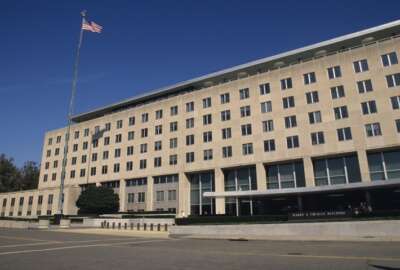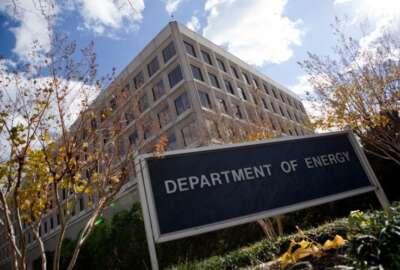
Smithsonian chief ponders reopening strategy
Less than a year after becoming secretary, Lonnie Bunch had to shutter the Smithsonian.
Do you ever play tourist in your hometown? My wife and I occasionally do. We’ll pick a summer day, take a day off. We’ll park at Union Station, walk over to the Mall and pick a Smithsonian museum. I try to chat with the federal employees, gaging whether they seem happy, liking their jobs, happy to tell the umpteenth fanny-packer that morning which way to the T-Rex.
As a federal entity, the Smithsonian has much in common with the National Park Service. Operationally it is a series of highly popular venues that require constant care. Behind the scenes, the Smithsonian has a vast curation, research and restoration staff. Also a digital staff that, over the past decade, has added untold numbers of online assets.
I’m always impressed with the diversity of sub-missions the Smithsonian encompasses and the not-so-simple cultural cross currents in which they operate. Once I spoke to a man who participated in the restoration of the Enola Gay airplane from World War II. It turns out there are many philosophies for how mechanical objects should be dealt with in a display setting. At the Smithsonian, they want every wire and screw to be historically and period correct. The goal was to have the plane in such a fresh-from-the-factory condition that if you added the oil and gas, it would start up and take off. But, unlike foundations and other institutions that have antique planes, cars and trains, the Smithsonian doesn’t operate its holdings, only displays them.
How different from, say, the zoo where the maintenance, breeding and display of animals must also be done just so. Here they’re showing creatures that many visitors connect with emotionally. How do you get that elephant to step lightly over there so you can shovel up an elephantine poop? People are watching.
As operator of buildings, a custodian of priceless artifacts, a welcomer of millions of visitors, and a research and educational organization — it’s a lot. This was all on my mind when I interviewed the Secretary of the Smithsonian, Lonnie Bunch III. The title conjures up images of formality and starched collars. A bearded Bunch on this day was pandemically and teleworkingly casual in a golf shirt from his home when we spoke over Zoom.
A towering figure in the museum world, Bunch is also disarmingly down to earth. His energy and foresight marshaled and directed the forces that formed the National Museum of African American History and Culture. The resulting museum has been nearly universally acclaimed. It was discussed for decades, but it required tectonic forces to will such a place into being. After having built it, Bunch was a natural to run the Smithsonian as a whole.
But then, less than a year after becoming Secretary, Bunch had to lock the doors to the whole of the Smithsonian, including his personal opus. The digital assets proved valuable. Bunch said traffic to the Smithsonian’s educational sites rose 100%. I liked the collection of beach scene paintings, given that I’ll be lucky to spend one day at a beach this summer.
Now, he is overseeing the reopenings. The first to open up are the Zoo and the Udvar-Hazy annex to the Air & Space Museum in Dulles. Why those two? Bunch said a main reason is both have large parking lots, so people don’t have to take public transit to get to them, and the Zoo is mostly outdoors. For the indoors exhibits, like the large primate hall, staff are working out one-way foot traffic patterns and other procedures to promote safety.
I asked Bunch whether the Smithsonian had a financial loss in the pandemic, since the museums don’t charge admission. But souvenir and food concession sales stopped, costing the Smithsonian millions. “Souvenir” might not be the best word, given the high end books, jewelry and art items available at the Smithsonian locations. Regardless, the Smithsonian is also a retailer. Bunch said the staff is exploring ways to meet some of that demand, such as curbside pickup.
No one in leadership would have chosen to deal with the flattening effects of the pandemic. Bunch said, “Would I have liked to have an easier time? Absolutely. But as we used to say in my neighborhood, you deal with the cards that are dealt you.”
Copyright © 2025 Federal News Network. All rights reserved. This website is not intended for users located within the European Economic Area.
Tom Temin is host of the Federal Drive and has been providing insight on federal technology and management issues for more than 30 years.
Follow @tteminWFED
Related Stories






